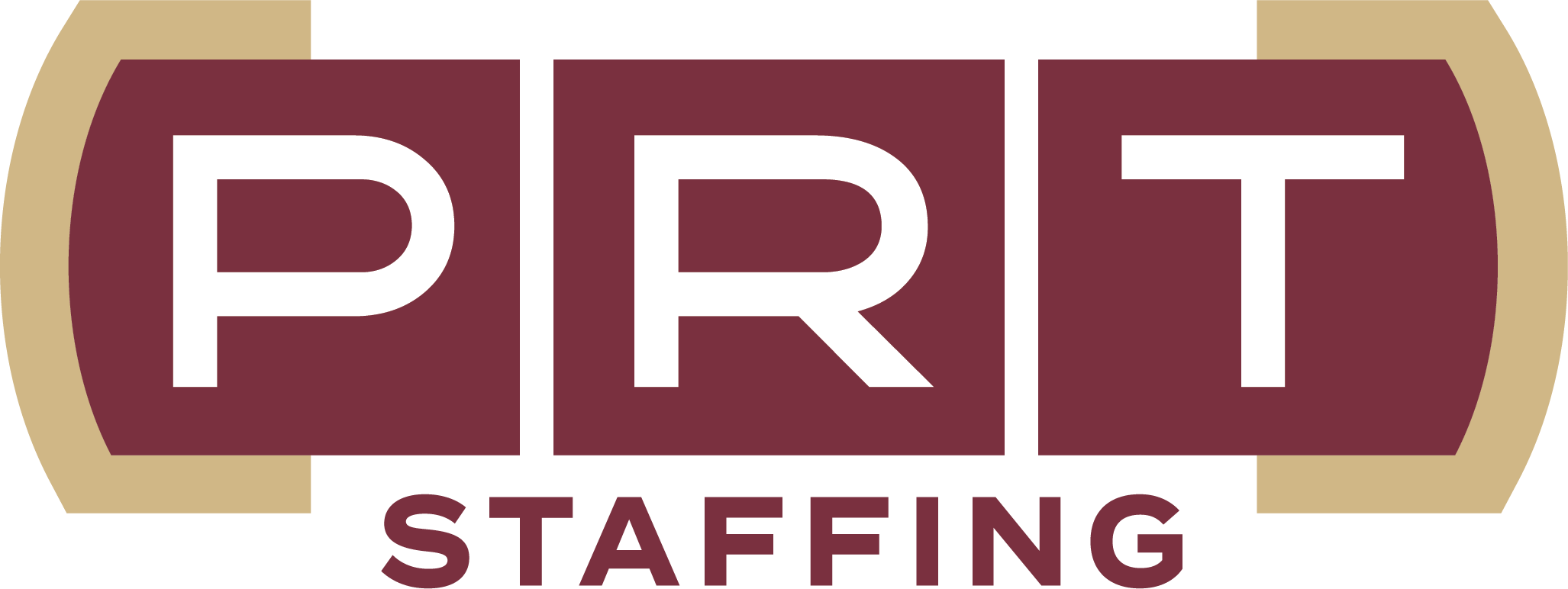Industry Areas Expected to Spike in Temporary Worker Demand
The economy and markets are constantly changing. While past markets can definitely be used to construct probabilities, they don’t stay the same. Over time, the primary market players shift, regulations change the operating rules, market territories grow and shrink, and new services and products become gamechangers.
The introduction of the Internet is a great example, really hitting industries widespread by the 1990s and realigning how business functioned in every industry.
Coming Out of the Pandemic
Today, the 2022 demand for temporary workers is shifting again. As the business world swings back to a sense of normality after the COVID pandemic, the nature of work and who does it has changed dramatically.
Companies of all types tested in real-time how remote work could be utilized, what it did to productivity, and what could be done with flexible labor resources as well. No surprise, some lasting effects are going to be in place for a while (at least) instead of a full return to a traditional office approach.
Temporary Worker Hot Spots
With summer officially in place, short-term demands for temporary labor will clearly be spiking in the seasonal arenas, most notably in areas of tourism, retail spending in specific regions heavily trafficked, education, transportation, landscaping, government environmental work, agriculture, construction, and gap-filling where companies have insufficient labor resources to meet spiking market demands.
A key factor that has been driving the push for more temp workers has been the Great Retirement wave, emptying out numerous positions requiring experienced skillsets. Additionally, companies realized and gained management experience in applying remote resources far more effectively during the pandemic, which is now being leveraged with fast scale-ups and scale-downs on big temporary projects as needed.
Overall, this has produced an aggregate increase in digital-based workload that can be produced and delivered remotely. Programming, writing, graphic work, photography, and project management arenas have all seen notable work increases, particularly for temporary work.
Not So Obvious Driving Demand Factors
Hiring testing is also a key influence on using temporary employees. Given so many retirements that have happened all at once, companies and hiring managers are in a crux between needing people right away and wanting to hire replacements that are good, solid selections.
Temporary staffing gives employers the ability to “test-drive” staff before bringing them on permanently. It’s a big advantage in evaluating whether a potential candidate really gels well with a team or isn’t the right element in the company’s primary mix.
Finally, as companies look at the near and extended future of the economy with its current challenges, many employers are hedging their positions to be able to scale down quickly if needed should the economy move into a downturn.
To do so, many employers are retaining temporary workers versus permanent hires, which take much longer to liquidate if payroll shrinkage is needed in the next six to twenty-four months. Again, this trend is affecting roles and positions in multiple areas and levels, ranging from office support to technical specialists to management and project leads.





